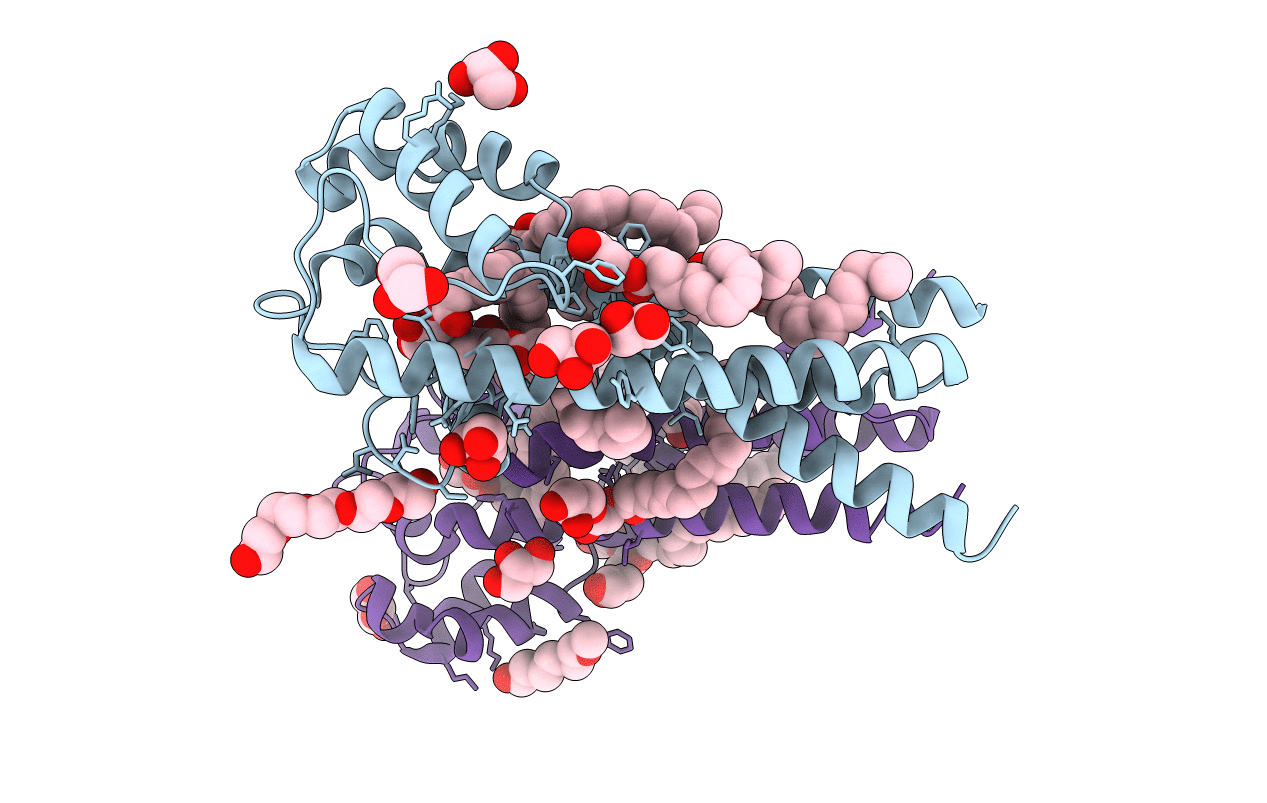
Deposition Date
2020-11-20
Release Date
2021-05-26
Last Version Date
2024-05-15
Entry Detail
PDB ID:
7B0O
Keywords:
Title:
In meso structure of the membrane integral lipoprotein intramolecular transacylase Lit from Bacillus cereus in space group P21
Biological Source:
Source Organism:
Host Organism:
Method Details:
Experimental Method:
Resolution:
2.33 Å
R-Value Free:
0.28
R-Value Work:
0.24
R-Value Observed:
0.24
Space Group:
P 1 21 1


